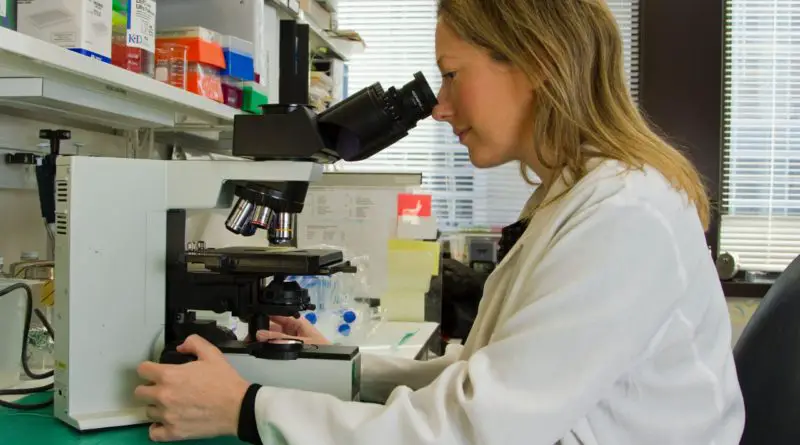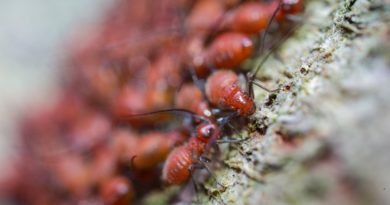Last modified on January 7th, 2021 at 8:19 am
Genome – The Code Of Life Inside All Living Organisms
Our bodies are comprised of millions of cells, each having its own set of developing instructions and methods. This genome is a set of instructions made up of DNA. All living organisms have a unique set of the genome.
Generally, all living organisms use RNA and DNA to store genetic information. Written in the genetic codes, they show convincing evidence that we have shared ancestry with all living things. To know more about this beautiful phenomenon, continue to read the article further.
Genome Sequencing Explained
DNA contains information about inheritance traits. In exact words, the inheritance information lies in the DNA base sequences, thymine (T), adenine (A), cytosine (C), and guanine (G). Instead of thymine, Ribonucleic acids uses uracil (U) base. As per the genetic code rule, the three succeeding bases make one amino acid.
The genome order goes by A, C, G, and T to make an organism’s DNA. Moreover, a human genome is made of 3.2 billion genetic letters. Genome sequencing is like decoding a mysterious language. It is a string of letters combined to appear like a code.
Genome sequencing helps the scientist understand how the genome functions and how genes work to support all living organisms’ development and growth. If you want to know how your DNA affects your ability to absorb, utilize, and digest essential nutrients, you can take a DNA analysis from GenoPalate and Genomelink. They can also offer you nutritional recommendations as per your genetic report.
Genome sequencing is also helpful in finding matches through DNA sampling. GEDmatch Genesis is one such example. In April 2018, it was used to identify the Golden State Killer case suspect in California.
How Are Genomes Organized?
Now, you know the importance of genomes and their sequencing, it is time to understand genomes’ organization in all living organisms.
Eukaryotes
Eukaryotes are nuclear DNA, also known as nDNA. It is a nuclear genome, karyoma, which comprises several strand-like chromosomes, and the number varies from species to species.
Prokaryotes
Prokaryotes contain DNA as a self-contained and long molecule. Also, the shorter self-contained DNA molecules are called plasmids, which are present in inconstant numbers. The plasmids can be multiplied by primary DNA independently or passed to prokaryotic cells.
Viruses
The viral genomes are relatively small and contain protein in small amounts. Overlapped genes are difficult to find in the viral genome for genetic information.
The Virom or viral genome can:
- be circularly closed or linear
- be double or single-stranded
- comprise of RNA or DNA
- be unsegmented or segmented into numerous parts
Organelles
The genomes of plastids, mitochondria, and different types of hydrogenosomes are usually organized as prokaryotes. These organelles are generally known as free-living prokaryotes. The plastomes and mitogenomes contain some parts of genes that are essential for their function. That is the reason organelles are named semi-autonomous.
Viroids
The viroid’s genomic RNA spans from 241 to 401 nucleotides. They contain several complementary regions forming double-stranded secondary structures. Viroids are much smaller than viruses. Additionally, they are reproduced within the living cells of larger plants.
The Size Of Genome
The amount of DNA available in a genome defines the genome size. Double-stranded DNA of 1 picogram comprised of about one billion base pairs. Different living organisms will have a different ratio of a picogram to base pair. However, it is not easy to compare the two units.
With genome sequencing, it becomes quite efficient to measure the genome size in base pairs. Eukaryotes like primeval ferns and amoebae contain the DNA in the most considerable amount. They have almost one trillion base pairs. Also, their genome consists of other individual genes.
Final Thoughts
With this article, you must have understood that the genome is the combination of all living organism genes. It is a wholesome set of distinct and individual DNA. It includes all the genetic information that is required to maintain and create life.
With genome sequencing, scientists can identify the sequence and order of DNA. To study an organism’s genome sequence, the computer can scan to analyze the DNA sample and read the order. Various test labs like GenoPalate, Genomelink, and Gedmatch genesis are available to the scientists to decode the DNA order.




